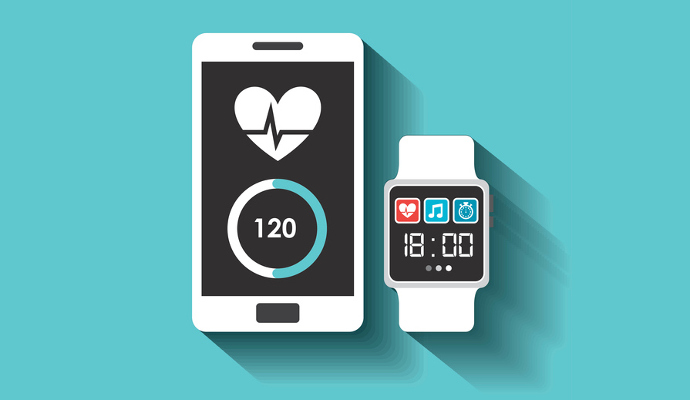Using mHealth Wearables to Understand Diverse Populations
Researchers are working collaboratively with Apple to gain data insights into diverse populations through wearable health devices.

Source: Getty Images
- According to researchers from the University of Michigan Health, wearable health devices such as the Apple Watch can give physicians access to meaningful data that can provide a complete picture of an individual’s daily life and baseline health status.
This will be important for assessing individual health insights for diverse patient populations, the leaders of the MIPACT (Michigan Predictive Activity & Clinical Trajectories) study said.
“From both a research and clinical standpoint, as we design digital health interventions or make recommendations for our patients, it’s important to understand patients’ baseline activity levels,” co-investigator on the study Jessica Golbus, MD, said in a press release.
In a collaboration with Apple, the University of Michigan Health study launched in 2018 to enroll a diverse group of participants showcasing different ages, races, ethnicities, underlying health conditions, and social determinants of health.
Golbus explained that one of the biggest successes of the study so far has been the researchers’ ability to recruit participants from underrepresented groups. According to the researchers, 18 percent of the greater than 6,700 participants were 65 or old, 17 percent were Black, and 17 percent were Asian.
“With this tool, researchers and participants can choose certain clinical and demographic criteria—age, body mass index, sex —and see not only how many participants fall into that cohort but their average resting heart rate, blood pressure, and other activity data,” said Nicole Eyrich, clinical research project manager for the study. “It provides more context in the form of normative data for researchers.”
The data could serve as a critical tool for clinicians in improving patient outcomes, the researchers said.
“As a cardiologist who takes care of patients dealing with heart failure, it’s important that more than 200 patients in our study have heart failure. Understanding what their baseline information looks like is going to be really informative and allow us to start with more accurate estimates of patients’ activity levels in daily life,” Golbus said.
The paper analyzed the first 90 days of the study, describing blood pressure, heart rate, and activity data collected from the Apple Watch or iPhone, and blood pressure measurements collected with the Omron wireless blood pressure cuff.
According to the study, participants wore their Apple Watch on almost 90 percent of the study days, averaging about 15.5 hours a day. It was reported that 1.1 million blood pressure and more than 200 million heart rate measurements were collected through the study devices.
“Participants 65 and older had significantly lower resting and walking heart rates, and women had resting heart rates on average 3 beats per minute higher than men. When stratified by self-declared race, Black participants had the highest heart rates and white participants the lowest,” the press release stated.
“Activity levels also varied by race and ethnicity and by the presence of certain clinical conditions. Together, these differences demonstrate that patient-specific context is an important consideration when clinicians interpret wearable and home blood pressure data.”
According to Golbus, the concluding results of the study will prove to be clinically important for physicians.
“Pretty frequently, I get asked by my patients what their wearable device data means, and it’s really challenging to understand its implications for their long-term health,” said Golbus.
Golbus said that the three-year follow-up period will be critical as the researchers look to contextualize the data signals from the Apple Watch with information from participants’ electronic medical records and survey data. Additionally, Golbus said the data could provide insights into the effects of the COVID-19 pandemic.
“We have data on participants both before and after the onset of the pandemic, so we really have the capability to evaluate how physiologic parameters changed over the course of the pandemic both as a result of illness but also due the global impact the pandemic has had on all of our lifestyles,” Golbus said.
